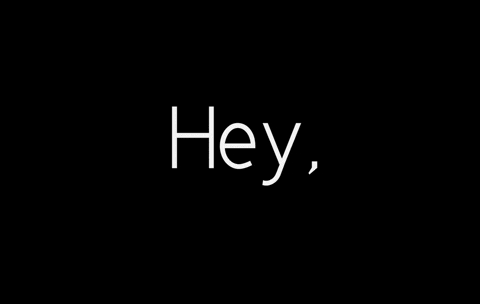
Are you wondering how email marketing can make a difference for your business? If so, read until the end to find out. Articles upon articles say that email marketing is the bee’s knees if you're a business owner. But, I know you are scratching your head about what type of emails could do wonders for your business. So, let’s start by going over the importance of email marketing for any business owner.
The Importance of Email Marketing
To sum it up, big businesses won’t stop emailing us, so something must be working! In all seriousness, email addresses hardly ever change. And, people rarely ever stop using the ones they have. Emails are great for wooing prospective clients. And, they help past clients remember you in the event they need someone with your superstar talents.
Emails are also known for having the biggest ROI based on many market research studies.
But I know. It is hard to believe that marketing works sometimes. So much of how marketing works goes unseen because it is all about getting into someone’s conscious and subconscious. And, to be a thought or afterthought, someone has to know, like, and trust you.
Why People Should Know, Like, and Trust You

When people feel like they know, like, and trust you, they are more willing to do business with you without hesitation. There’s no magic — no red or blue pills.
There is only the opportunity to be first to mind when someone is looking for a service provider like you because they know, like, and trust you. Emails can help do this.
But, you have to consider the consumer decision journey first. It is simple. You must consider how a client engages with you before, during, and after a sale. In the context of email marketing, you want to try to get a person’s name and email address before the sale. And then use email marketing to foster the relationship.
Pre-Sale Email Address Acquisition
So, how do we get email addresses before the sale? There are two ways to do this.
Option #1. You request an email address when someone fills out your website’s inquiry form.
Option #2. You offer a lead magnet or something of value (e.g., a worksheet) in exchange for an email address.
Let’s address getting an email address with Option #2.
For example, in exchange for a prospect's email address, you could offer:
A list of questions clients should answer before contacting a person like you.
Or a worksheet to help potential clients determine if they should hire someone like you.
As you can see, both lead magnets will help you get a prospective client’s email address. They will also help potential clients qualify themselves. And after a person downloads one of these lead magnets, you can send them a sequence of emails. These emails can educate the person on your process until they are ready to hire you.
Emails for the Sales Process

Next, you need to have some email communications ready to go once a person reaches out to you.
You may think this is unnecessary because you’re responding to them after an inquiry. But, depending on form responses, you can tailor email communications. For example, you can automate an email sequence so that they provide the reader with:
A resource list
Tips on how to choose someone like you
A trend report from your industry
A checklist
Links to your portfolio and/or testimonials
Don’t be afraid to provide value during the sales process. It will boost the chances of your new lead becoming a new client.
Emails After the Project Is Over
Now, let’s say a person has decided to do business with you, and that you’ve tackled their problem(s) like a Super Bowl champ. You want to re-engage these past clients. You can re-engage past clients in many different ways, including:
Asking them for a testimonial (video or written)
Asking them for introductions or referrals – encourage them to give others the same joy they experienced working with you.
Reaching out to congratulate them on any milestones you know of.
Quarterly asking them if they need help with anything you specialize in.
Sending them a survey asking them to help you improve your service delivery.
The key is to spread these communications out in a way that makes sense. Don’t send all these emails right after you finished working with a person. Wait at least 2-3 days or so before asking for a testimonial or referral.
And for all other emails, how they are to be sent is totally up to you. But, make sure you reach out at least every three months or every quarter. After all, happy clients are your best future clients. And, a referral is more likely to do business with you because someone they trust told them that they should.